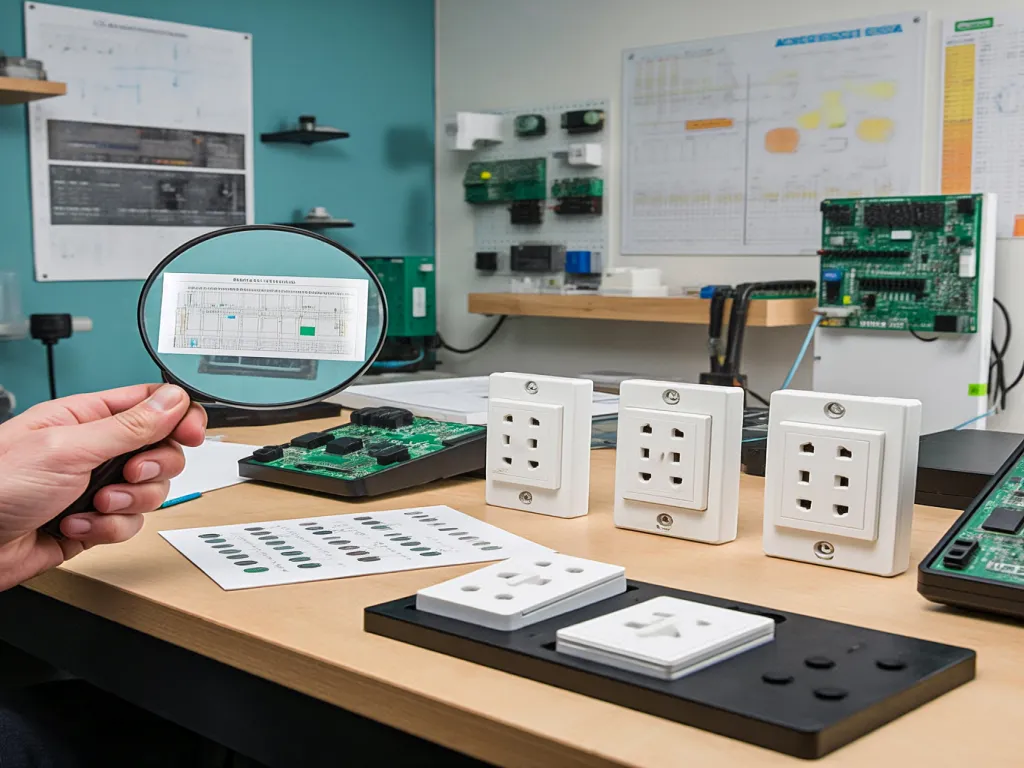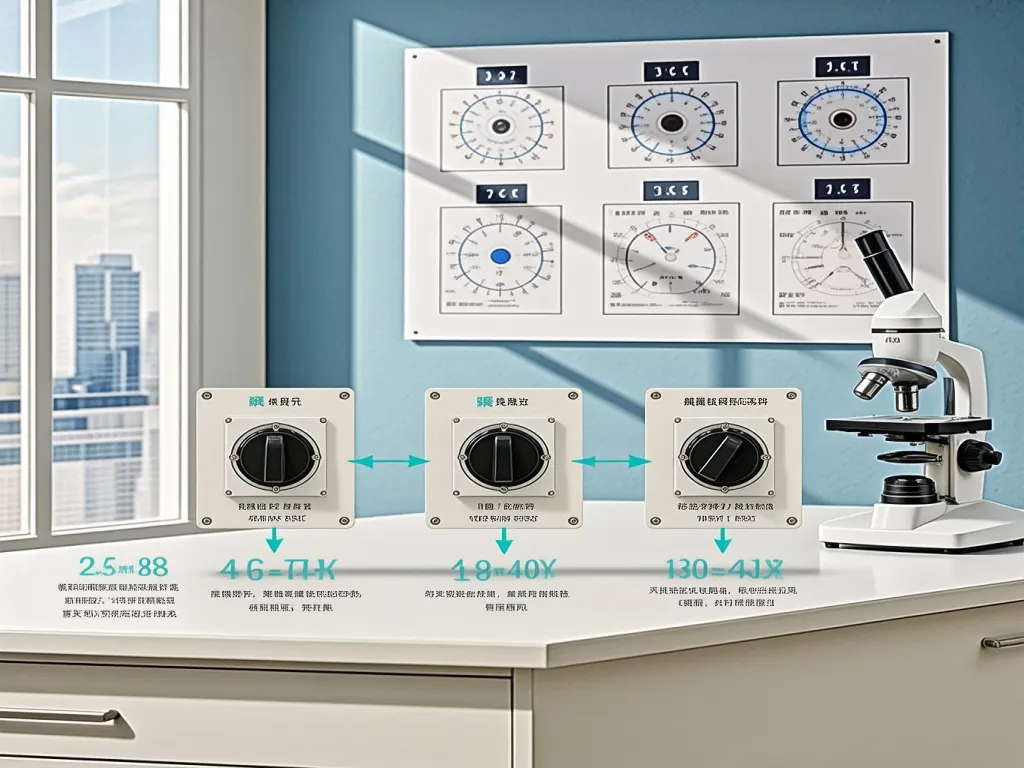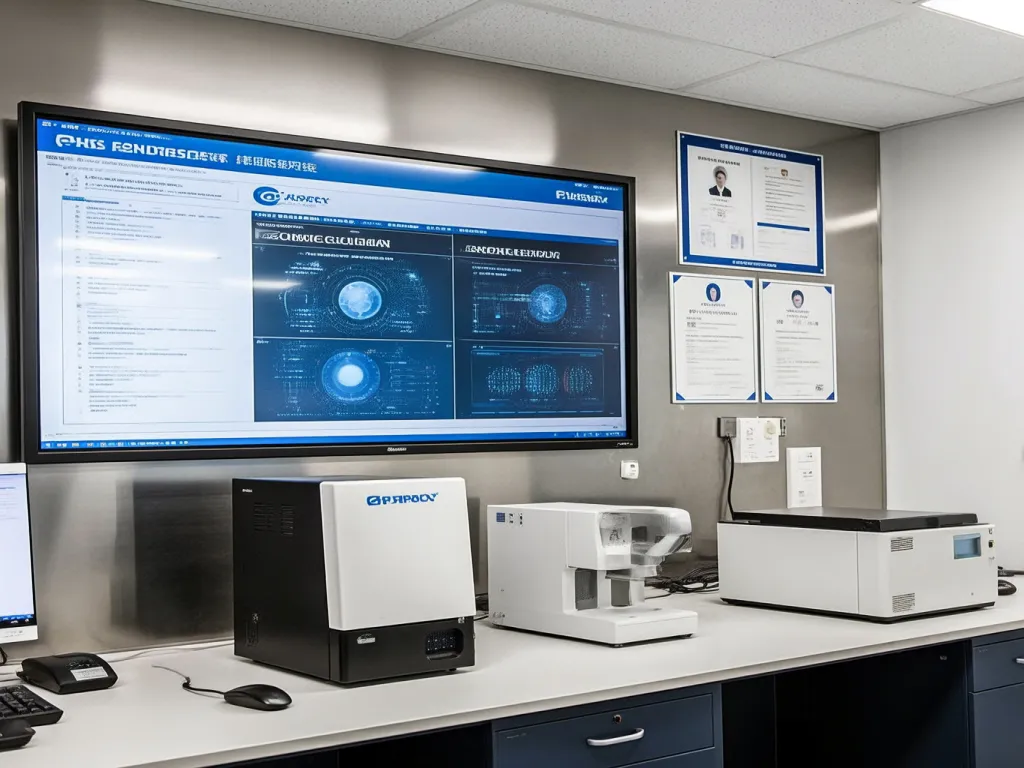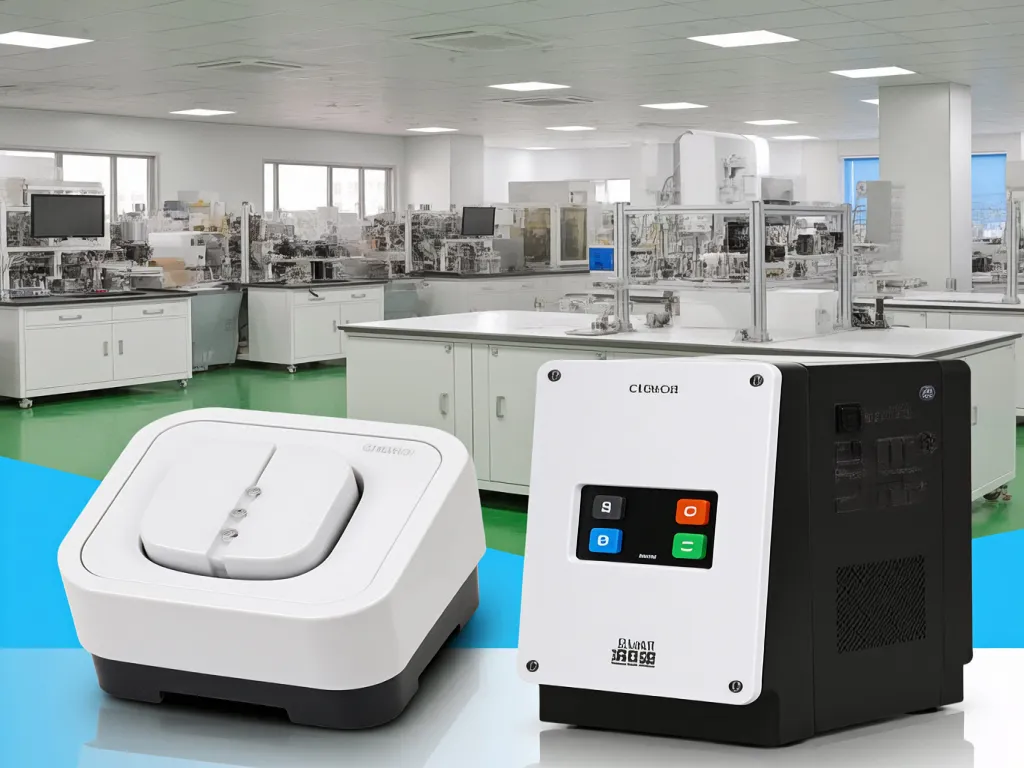Master Switch Button Push Selection

Ever wondered how to pick the right switch button push for your project? You’re not alone. Choosing the perfect push button switch can be a real head-scratcher, especially with so many options out there. But don’t worry, I’ve got your back. In this blog, we’ll dive deep into the world of switch button push products, comparing performance parameters, assessing brand quality, and matching specs to your application. By the end, you’ll have all the tools you need to make an informed decision. Ready to get started?

Performance Parameter Comparison: Detailed Analysis of Key Parameters for Different Types of Switch Button Push
When it comes to selecting the right switch button push for your project, understanding the performance parameters is crucial. These parameters not only dictate the functionality of the switch but also its reliability and longevity in specific environments. Let’s dive into the key aspects you should consider: electrical performance, mechanical life, and environmental adaptability.
Electrical Performance
Electrical performance is perhaps the most critical aspect of any switch button push. It encompasses parameters such as rated voltage, rated current, contact resistance, and insulation resistance. Rated voltage indicates the maximum voltage the switch can handle without failure, while rated current specifies the maximum current it can safely carry. Contact resistance, on the other hand, affects the efficiency of electrical conduction; lower resistance means less energy loss. Insulation resistance measures the switch’s ability to resist electrical leakage, ensuring safety and reliability.
Different types of switch button pushes, such as momentary, latching, and toggle switches, may have varying electrical performance characteristics. For instance, momentary switches are designed for short-term activation and might have lower rated currents compared to latching switches, which maintain their state until toggled again. Understanding these differences is essential for matching the switch to your application’s electrical requirements.
Mechanical Life
Mechanical life refers to the number of operations a switch button push can withstand before failure. This parameter is particularly important in applications where the switch is frequently used, such as in industrial controls or consumer electronics. The mechanical life is influenced by factors like the quality of materials used, the design of the switch mechanism, and the manufacturing process.
High-quality switches often feature robust materials and precision engineering, resulting in longer mechanical lives. For example, switches with gold-plated contacts tend to have better wear resistance and longer lifespans compared to those with silver or nickel contacts. When comparing switches, look for those with high mechanical life ratings to ensure durability and reliability in your application.
Environmental Adaptability
Environmental adaptability is another vital consideration, especially for switches used in harsh or outdoor environments. This parameter includes factors such as temperature range, humidity resistance, and protection against dust and water ingress (IP rating). Switches designed for outdoor use, for instance, should be able to withstand extreme temperatures and moisture without performance degradation.
Some switches come with additional features like UV resistance or corrosion protection, making them suitable for specific environmental conditions. When selecting a switch, assess the environmental conditions it will be exposed to and choose a model that offers adequate protection and adaptability.
By carefully considering these performance parameters—electrical performance, mechanical life, and environmental adaptability—you can make an informed decision when selecting a switch button push for your project. Each parameter plays a crucial role in determining the switch’s overall performance and reliability, so don’t overlook any of them.
Electrical Performance Insights
To better understand the impact of electrical performance, let’s take a closer look at rated voltage and current. A switch with a higher rated voltage can handle more powerful circuits, making it suitable for industrial applications where high voltages are common. Conversely, a switch with a lower rated voltage might be more appropriate for consumer electronics, where safety and energy efficiency are priorities.
Similarly, rated current affects the switch’s ability to carry electrical load. High-current switches are essential for applications like motors or lighting systems, where significant power is required. When comparing switches, always ensure that their rated voltage and current exceed the requirements of your application to avoid potential failures or safety hazards.
Mechanical Life Expectancy
The mechanical life of a switch button push is directly related to its durability and reliability. Switches with longer mechanical lives are less likely to fail under frequent use, reducing maintenance costs and downtime. To estimate a switch’s mechanical life, look for specifications provided by the manufacturer, which often include the number of operations the switch can withstand before reaching its end of life.
Additionally, consider the switch’s design and materials. Switches with robust mechanisms and high-quality contacts tend to have longer mechanical lives. Investing in a high-quality switch upfront can save you money in the long run by reducing the need for frequent replacements.
Environmental Adaptability Considerations
Environmental adaptability is crucial for switches used in challenging environments. For instance, if your application involves outdoor use or exposure to moisture, look for switches with high IP ratings, which indicate their level of protection against dust and water ingress. Switches with UV resistance are also beneficial for outdoor applications, as they can withstand prolonged exposure to sunlight without degradation.
In addition to IP ratings and UV resistance, consider the switch’s temperature range. Some switches are designed to operate in extreme temperatures, making them suitable for applications in cold climates or high-temperature environments. Always assess the environmental conditions your switch will face and choose a model that can withstand them effectively.

Brand and Quality Assessment: Analyzing Mainstream Brands of Switch Button Push
When it comes to selecting the right switch button push for your project, understanding the quality control systems, user feedback, and after-sales service of mainstream brands is crucial. This section will delve into these aspects to help you identify high-quality products and avoid common pitfalls in purchasing. Let’s explore how different brands stack up in terms of quality and customer satisfaction.
First, let’s talk about quality control systems. A robust quality control system ensures that each switch button push meets stringent standards before it leaves the factory. Brands like Omron and Schneider Electric are renowned for their meticulous quality control processes. Omron, for instance, employs advanced automation and inspection technologies to maintain consistency in their products. Schneider Electric, on the other hand, focuses on comprehensive testing at every stage of production, from raw material inspection to final product testing. These measures help ensure that their switch button pushes are reliable and durable.
Next, let’s look at user feedback. User reviews can provide valuable insights into the real-world performance of switch button pushes. Brands like Eaton and ABB have garnered positive feedback for their switch button pushes, with users praising their longevity and ease of installation. Conversely, some lesser-known brands have received criticism for inconsistent quality and shorter lifespans. Reading through user reviews can help you gauge the reliability and performance of different brands.
Finally, let’s discuss after-sales service. A good after-sales service can make a significant difference in your purchasing experience. Brands like Siemens and Panasonic offer excellent after-sales support, including technical assistance, warranty coverage, and easy return policies. This level of support can give you peace of mind knowing that any issues with your switch button push will be promptly addressed.
So, how can you use this information to make an informed decision? Start by researching the quality control systems of different brands. Look for brands that have a reputation for rigorous testing and quality assurance. Then, read through user reviews to get a sense of the real-world performance of their products. Finally, consider the after-sales service offered by each brand. A brand that stands behind its products with excellent support can save you time and money in the long run.
By considering these factors, you can identify high-quality switch button pushes that meet your project’s needs and avoid common purchasing traps. Remember, investing in a reliable switch button push can save you from costly repairs and downtime in the future.
Quality Control Systems in Detail
Let’s dive deeper into the quality control systems of some leading brands. Omron, for example, utilizes advanced automation and robotics in their manufacturing process, which helps reduce human error and increase consistency. They also conduct rigorous environmental testing to ensure their switch button pushes can withstand harsh conditions. Schneider Electric, on the other hand, emphasizes continuous improvement in their quality control processes. They regularly review and update their testing procedures to incorporate the latest industry standards and best practices.
User Feedback Highlights
User feedback is a goldmine of information when it comes to evaluating switch button pushes. Many users praise Eaton’s switch button pushes for their smooth operation and long lifespan. ABB’s products are also highly regarded for their durability and ease of maintenance. On the flip side, some users have reported issues with the consistency of quality from certain brands, leading to shorter lifespans and more frequent replacements. If you’re interested in exploring specific push button switch products, our 12mm 1NO1NC Momentary Plastic Push Button Switch might be worth considering.
After-Sales Service: What to Look For
After-sales service is often overlooked but can be a deciding factor in your purchasing decision. Siemens offers a comprehensive warranty on their switch button pushes, along with technical support and easy return policies. Panasonic also provides excellent after-sales service, with a dedicated customer support team ready to assist with any issues. When choosing a brand, look for those that offer transparent warranty terms, responsive customer support, and hassle-free return processes. For a selection of high-quality push button switches with reliable after-sales service, you can visit our 12mm Push Button Switch Supplier page.

Specifications and Application Scenarios Matching: Selecting the Right Push Button Switch for Your System
When it comes to integrating push button switches into your projects, understanding the specifications and how they align with your application scenarios is crucial. Whether you’re working in industrial control, consumer electronics, or medical devices, choosing the right push button switch can make all the difference in performance and reliability. Let’s explore how to match push button switch specifications with various application scenarios to ensure seamless integration into your system.
Industrial Control Applications
In industrial control settings, push button switches need to withstand harsh environments, frequent use, and often, exposure to dust, moisture, or even chemical substances. Therefore, when selecting push button switches for industrial applications, consider the following specifications:
- Environmental Resistance: Look for switches with high IP ratings, such as IP65 or IP67, which indicate resistance to dust and water ingress. These switches are designed to operate reliably in challenging environments.
- Mechanical Durability: Industrial switches should have a long mechanical life, often rated in millions of operations. This ensures they can handle the constant pressing and releasing without failing.
- Electrical Ratings: Ensure the switch can handle the required voltage and current levels for your industrial equipment. High-voltage and high-current switches are essential for heavy-duty applications.
- Mounting Options: Industrial switches often come in panel-mount or surface-mount options, allowing for flexible installation in control panels or machinery.
Consumer Electronics Applications
For consumer electronics, such as smartphones, tablets, and home appliances, push button switches need to be compact, aesthetically pleasing, and provide a satisfying tactile feedback. Here are some specifications to consider:
- Size and Form Factor: Consumer electronics switches are typically smaller and more compact to fit into sleek designs. Look for switches with low-profile or ultra-thin options.
- Tactile Feedback: A good tactile response is essential for user experience. Switches with a clear click or snap feel are preferred to ensure users know when the button has been pressed.
- Color and Finish: Switches should match the overall design of the device. Choose from a variety of colors and finishes, such as matte, glossy, or textured, to enhance the aesthetics.
- Durability: While consumer electronics switches may not face the same harsh conditions as industrial switches, they still need to withstand regular use. Look for switches with a decent mechanical life and resistance to wear and tear.
Medical Device Applications
In medical devices, push button switches must meet stringent safety and reliability standards. They often need to be sterilizable, easy to clean, and provide precise control. Here are the key specifications to consider:
- Sterilization Compatibility: Medical switches should be able to withstand sterilization processes, such as autoclaving or chemical disinfection, without degradation.
- Safety Certifications: Ensure the switch complies with relevant medical safety standards, such as IEC 60601, which covers the safety and essential performance of medical electrical equipment.
- Precision and Accuracy: Medical devices often require precise control. Look for switches with low actuation force and clear tactile feedback to ensure accurate operation.
- Material Selection: Choose switches made from medical-grade materials that are non-toxic, hypoallergenic, and resistant to corrosion.
By understanding the specific requirements of your application scenario, you can select push button switches that not only meet the technical specifications but also enhance the overall performance and reliability of your system. Whether it’s industrial control, consumer electronics, or medical devices, the right push button switch can make a significant difference in the success of your project.
Industrial Control Considerations
In industrial settings, push button switches are often subjected to extreme conditions. They need to be robust, durable, and capable of withstanding harsh environments. When selecting switches for industrial control, prioritize those with high IP ratings for dust and water resistance, long mechanical life for frequent use, and appropriate electrical ratings for the equipment they’ll be controlling. Additionally, consider the mounting options to ensure easy installation in control panels or machinery.
Consumer Electronics Aesthetics and Functionality
Consumer electronics demand push button switches that are not only functional but also aesthetically pleasing. Compact size, tactile feedback, and a variety of colors and finishes are essential to match the sleek designs of modern devices. While durability is still important, the focus here is on providing a satisfying user experience through precise and responsive button operation.
Medical Device Safety and Reliability
Medical devices require push button switches that meet the highest standards of safety and reliability. Sterilization compatibility, safety certifications, precision, and the use of medical-grade materials are all critical factors to consider. These switches must provide precise control and withstand regular cleaning and sterilization processes without compromising performance.
So there you have it—a comprehensive guide to choosing the ideal switch button push. By focusing on performance parameters, brand quality, and matching specs to your needs, you’ll be well on your way to selecting a product that not only meets but exceeds your expectations. Remember, the right switch button push can make all the difference in your project’s success. Don’t settle for less. Ready to put this knowledge into action? Start exploring your options today and find the perfect switch button push for your next project. And if you’re hungry for more insights, keep an eye out for our next deep dive into the world of electronic components!
